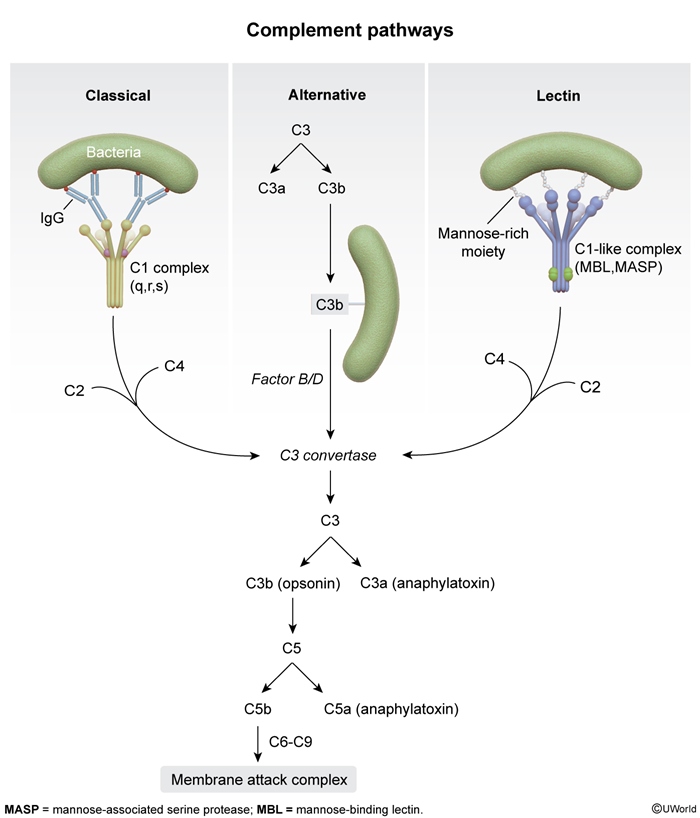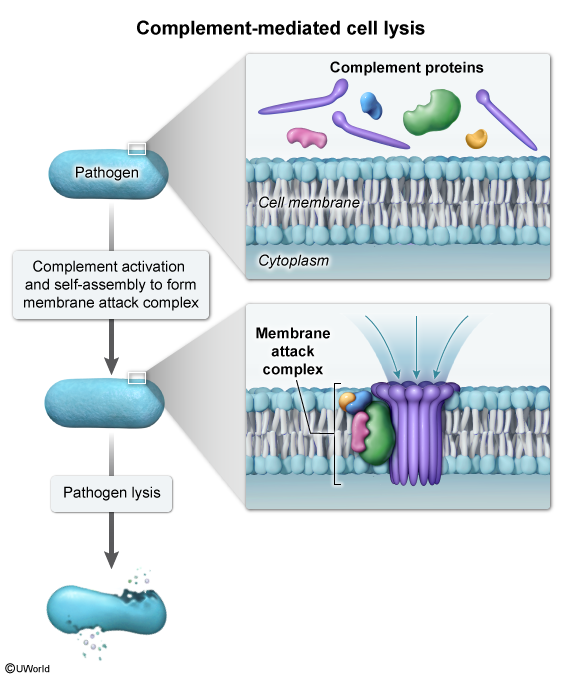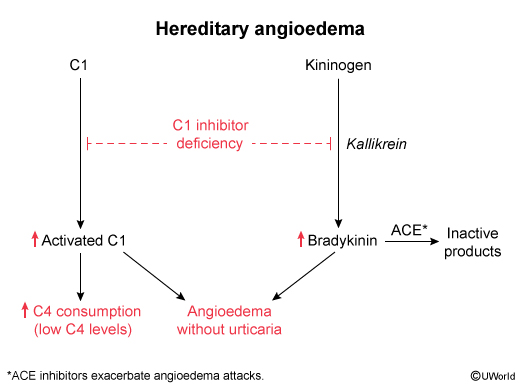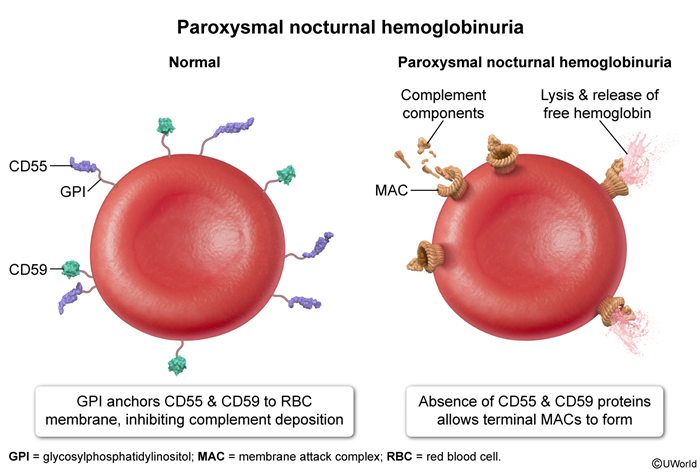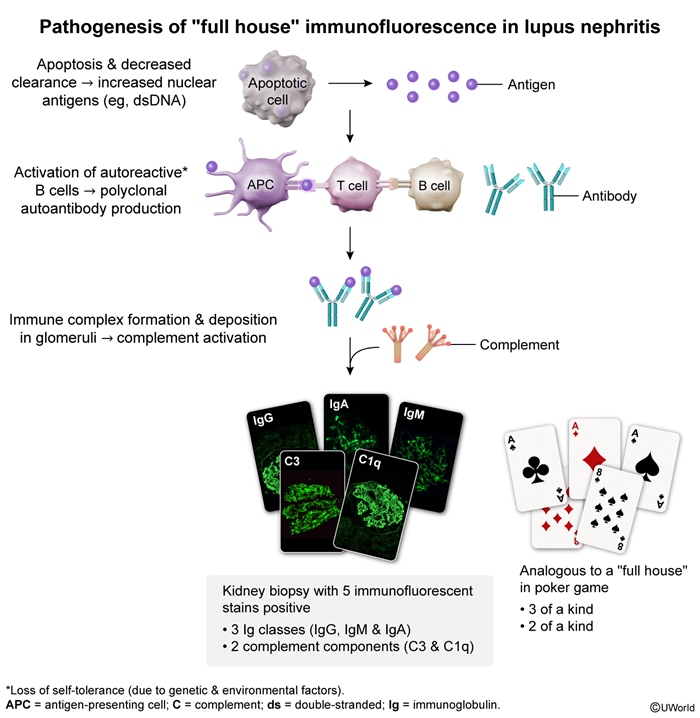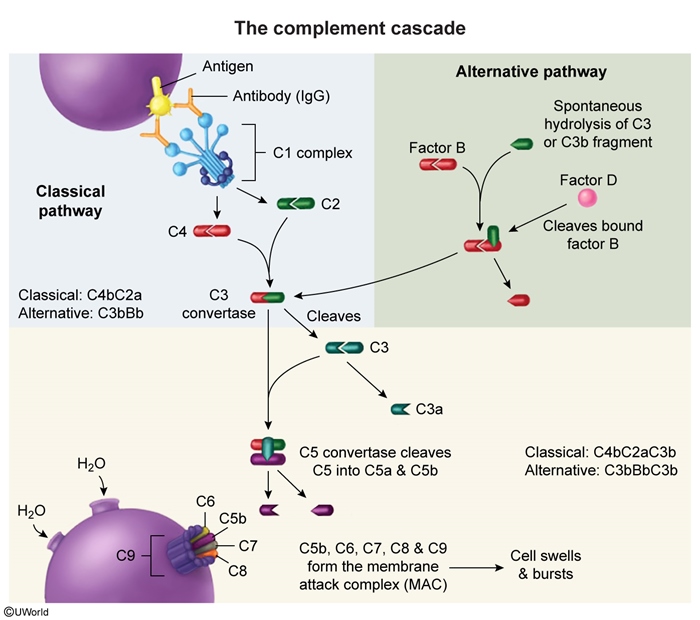Complement System And Associated Disorders
Article Sections
Introduction
The complement system is an essential component of the immune response, bridging innate and adaptive immunity. It consists of numerous proteins that are synthesized by the liver and circulate in the blood. It is so named because these proteins enhance, or complement, the ability of antibodies and phagocytic cells to eliminate microorganisms. Complement can be activated via 3 distinct pathways—the classical, lectin, and alternative pathways—which converge into a common terminal cascade that facilitates pathogen opsonization and lysis. This article outlines the structure and function of the complement system, describes its major activation pathways, and reviews relevant clinical disorders and diagnostic assays.
Complement activation pathways
Complement activation occurs via 3 distinct but converging pathways: classical, lectin, and alternative (Figure 1). Each has a unique trigger but ultimately leads to the formation of
Continue Learning with UWorld
Get the full Complement System And Associated Disorders article plus rich visuals, real-world cases, and in-depth insights from medical experts, all available through the UWorld Medical Library.
Figures
